An exhibition is a journey. It takes you to places never seen. This exhibition is a journey through memory, an attempt to rewrite the “cosmic” past of the 1970’s generation in Lithuania. That is why it starts with the Vilnius Television Tower, the tallest structure in Lithuania (326,50 m). Its observation deck reminds you of a (flying) saucer and has a rotating platform that revolves once every 55 minutes. It houses the “Milky Way” café, where you can drink your espresso and have “Vilnius in your pocket”, not as a city guide, but as a picturesque bird’s eye view. Or you can come to the ar/ge kunst Gallery Museum in Bolzano and have a map of “cosmic utopias” in a nutshell.
It all starts here. Close to the TV tower you can still find a kindergarten with a ghostly playground reminiscent of a lunar landscape (though it can be demolished at any moment). It inspired both Cooltūristės and Ugnius Gelguda with Neringa Černiauskaitė to explore the fading memories of what used to be a “cosmic” district of Vilnius. Almost every larger city in the USSR used to have one. But the specificity of the Lithuanian version was a strange mixture of the space race rhetoric and distant echo of pagan mythology. Adoration of nature and belief in technological progress were not contradictory for an atheist state. Lithuanians willingly played the card of being the “last pagans in Europe” to elevate their national self-esteem. Therefore a new residential district Karoliniškės built in the 1970’s had only one clear reference to the Soviet space program – Cosmonauts’ Avenue (now its Freedom Avenue). Other streets, shops and bus stops just had names of celestial bodies or natural forces: Saturn, Mercury, Comet, Rainbow, Thunder, Lightning, Meteor, Whirlwind, Stars, Moon.
No wonder that every kindergarten and children’s playground were equipped with an iron globe and spaceship in a form of rocket. Cosmonaut was the most desired future profession. The anonymous group of artists Cooltūristės together with Nunu performers invite the viewer to join them on their mission to the Moon. They refer to the existing myth that the Apollo mission was staged in Hollywood by Stanley Kubrick and Americans were never actually there. So Cooltūristės & Nunu performs their moon walk in the lunar landscape of Space Kindergarten,(2012). They exit a spaceship at “Memory” stop and follow the old trolley-bus route with “celestial” names of the stations.
History changed on January 13th 1991 when fourteen unarmed people were killed opposing the Soviet military seizure of the tower. Streets were renamed after the heroes. Now the TV tower is a memorial place surrounded by pinewood which hides a secret animal cemetery. This strange juxtaposition inspired young Nunu performer Žygimantas Kudirka to write a poem about animal in space. (page)
Ugnius Gelguda and Neringa Černiauskaitė use a found black and white photograph of the unfinished TV tower as a rabbit hole to the parallel universe. This imagined structure is defined by an unrealised scenario for a first sci-fi in Lithuania. They look for visual inspiration in the same cosmic location, but create different legends and atmosphere. Their filmIn the Highest Point, (2011) shot on 16 mm, restores the aura of fading architectural utopia.
Kristina Inčiūraitė changes the place without moving very far: Lazdynai residential district is also dominated by the TV tower, and the idea of observation and being under constant surveillance is also present. With the help of a telephoto lens, Inčiūraitė followed three men getting off the trolley and going home in Lazdynai. The stories of their surveillance in her film Following Piece, (2011) are represented alongside images of the forest situated in the same district. Viewers can see an episodic appearance of a few women walking their dogs in this forest. Who is being followed by whom? – asks the artist.
Her new experimental documentary The Meeting (2012) also refers to animaginary landscape and lofty dreams, although this time inspired by another “flying” construction of Soviet times. A cable car or an elevator, full of childhood memories, carries the artist to a distant city in the Kaliningrad Region of Russia. In the film Kristina Inčiūraitė starts a correspondence with a female resident of the same age from the town of Svetlogorsk who is seeking new acquaintances on the Internet. The author uses a male name and does not disclose to her correspondent that this is part of an art project. Mutations of identity are combined metaphorically with the ambiguous situation of the Svetlogorsk seafront cable car. It is a huge and imposing construction, which is facing destruction from the effects of erosion.
The space race generation of artists is searching for the lost past by projecting it onto the present. Exploring hidden memory landscapes of contemporary cities, they create alternative scenarios for the future. Or maybe they just rotate in the “Milky Way” café in Vilnius Television Tower trying to change historical time to mythical time, choosing circles and spirals instead of straight lines. Space travel is always time travel.
Artists: Kristina Inčiūraitė, Cooltūristės, Ugnius Gelguda & Neringa Černiauskaitė
Curated by Laima Kreivytė
Exhibition catalogue: Mousse Publishing
The exhibition will be taking place on 05 April – 1 June, 2013 at ar/ge kunst GALERIE MUSEUM (Via Museo 29 , 39100 Bolzano, Italy)
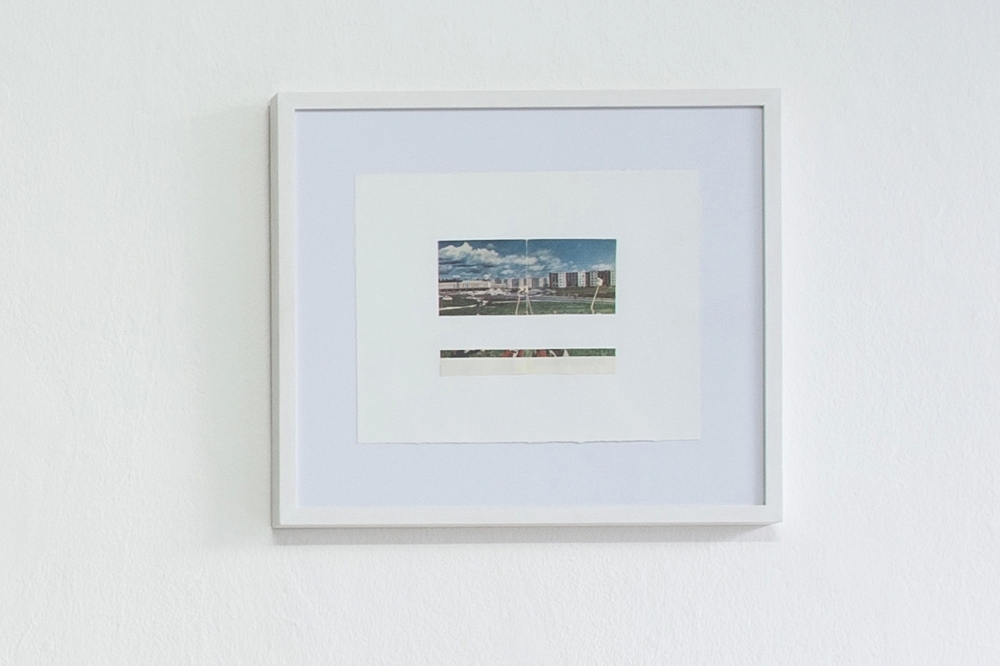
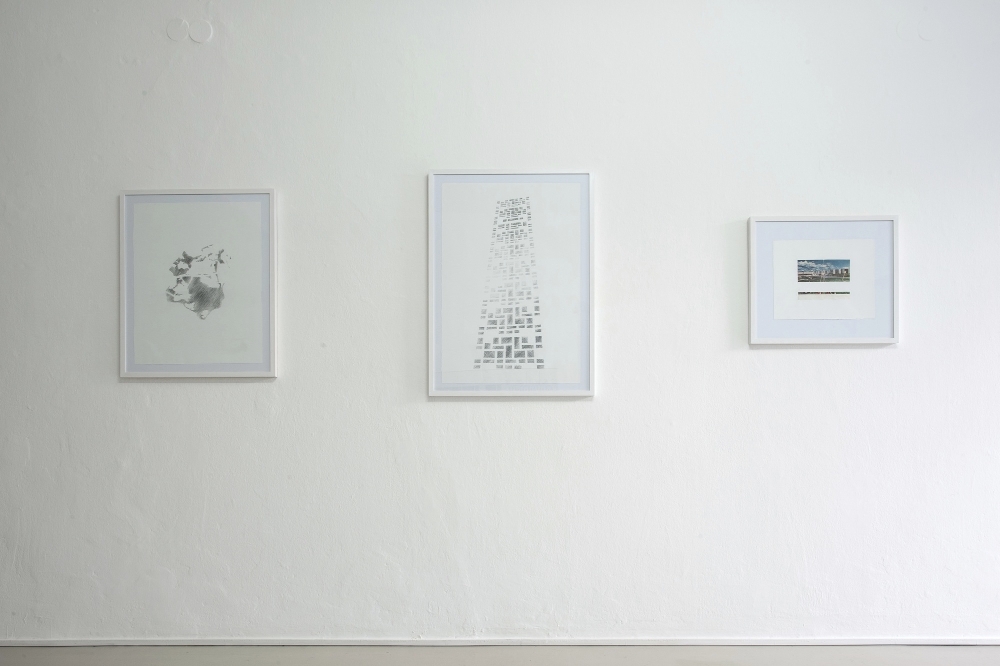
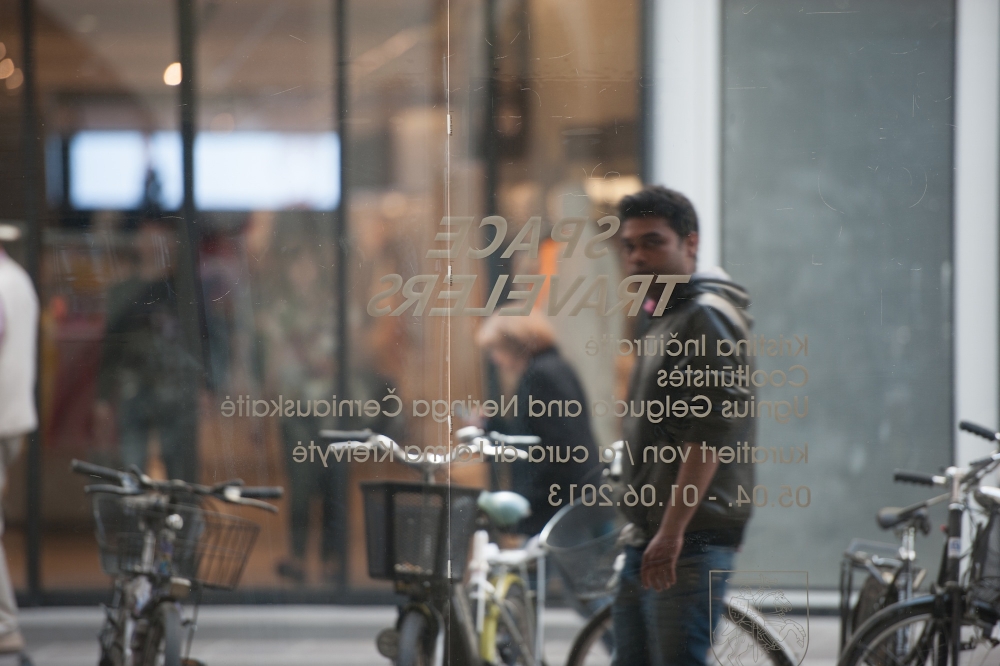
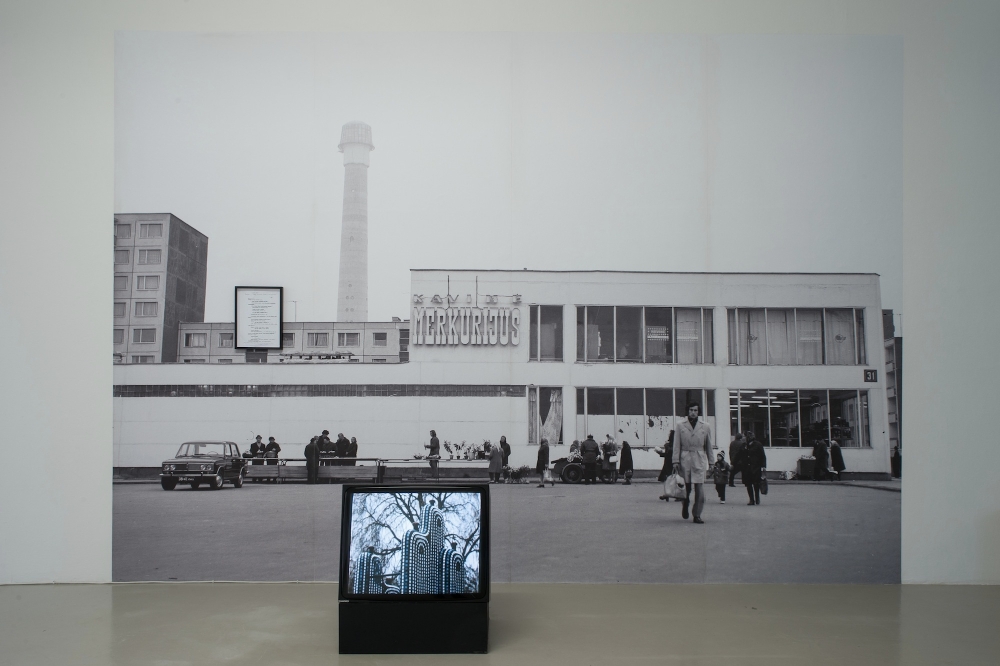
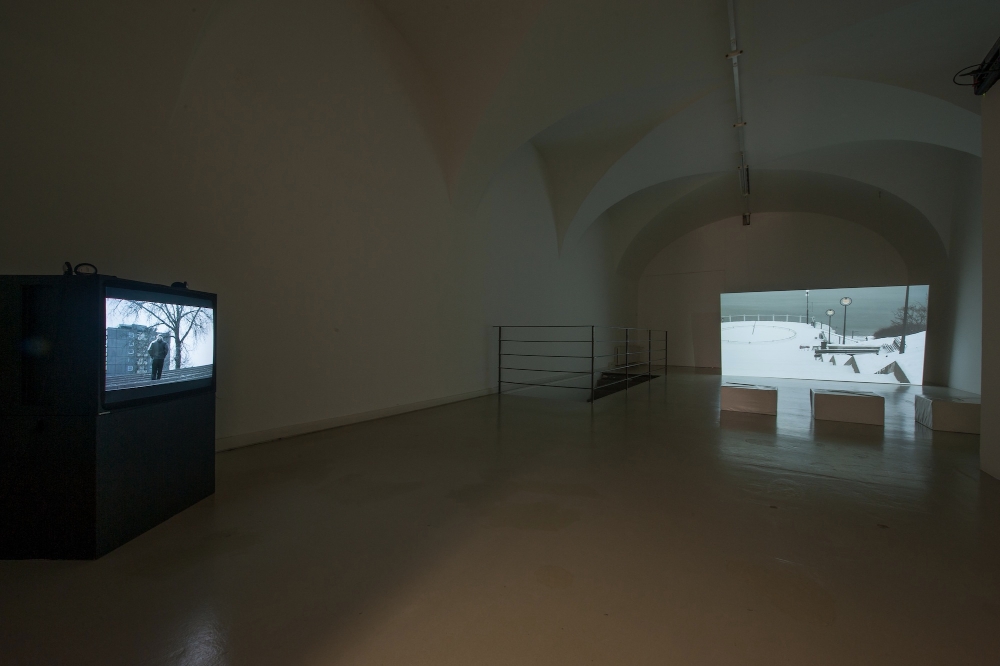
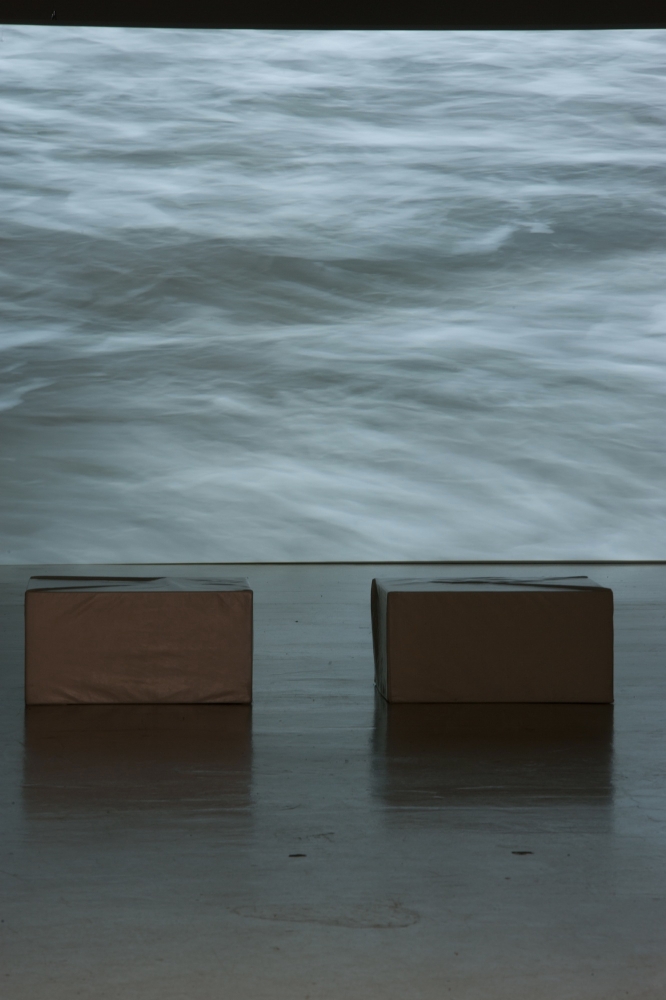
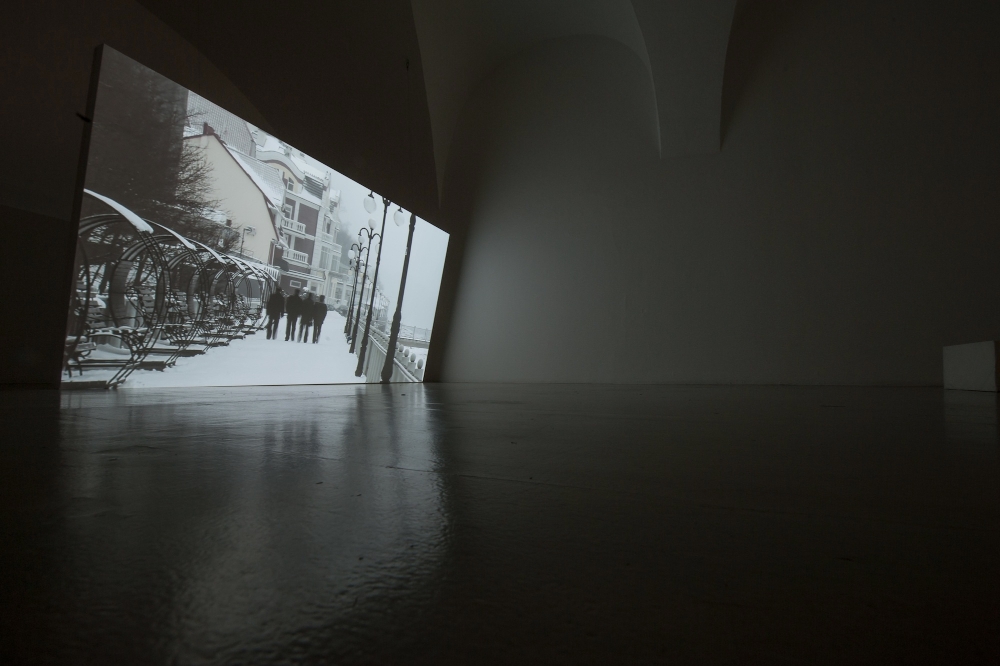
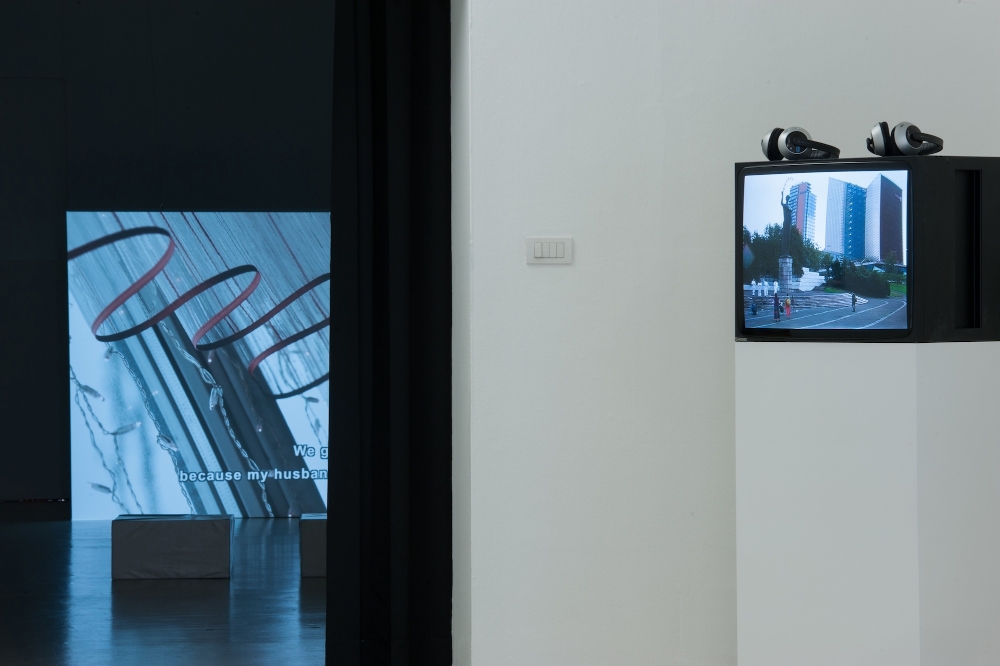
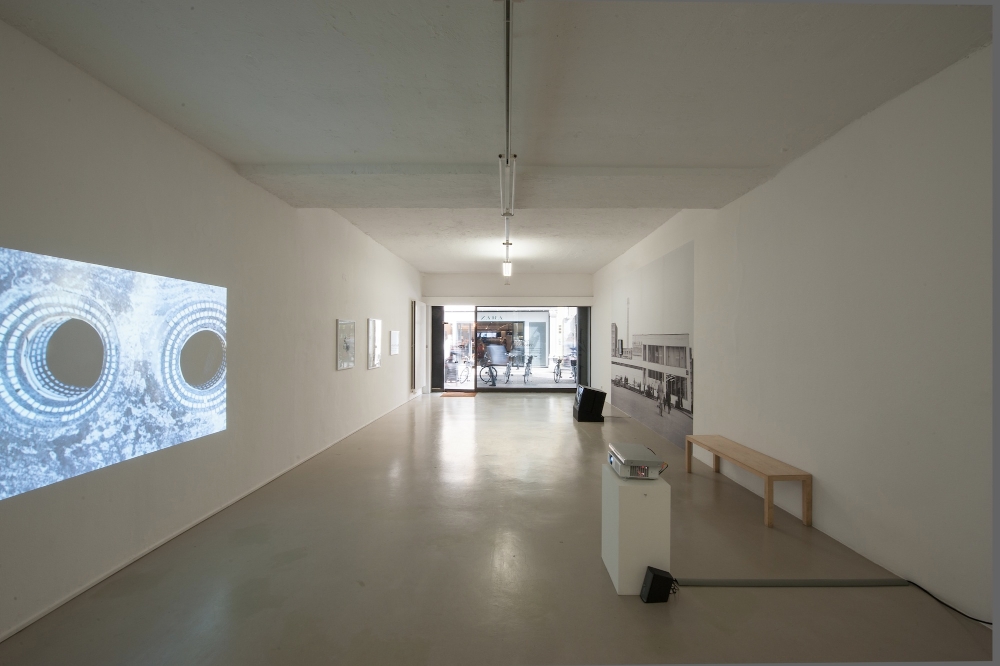
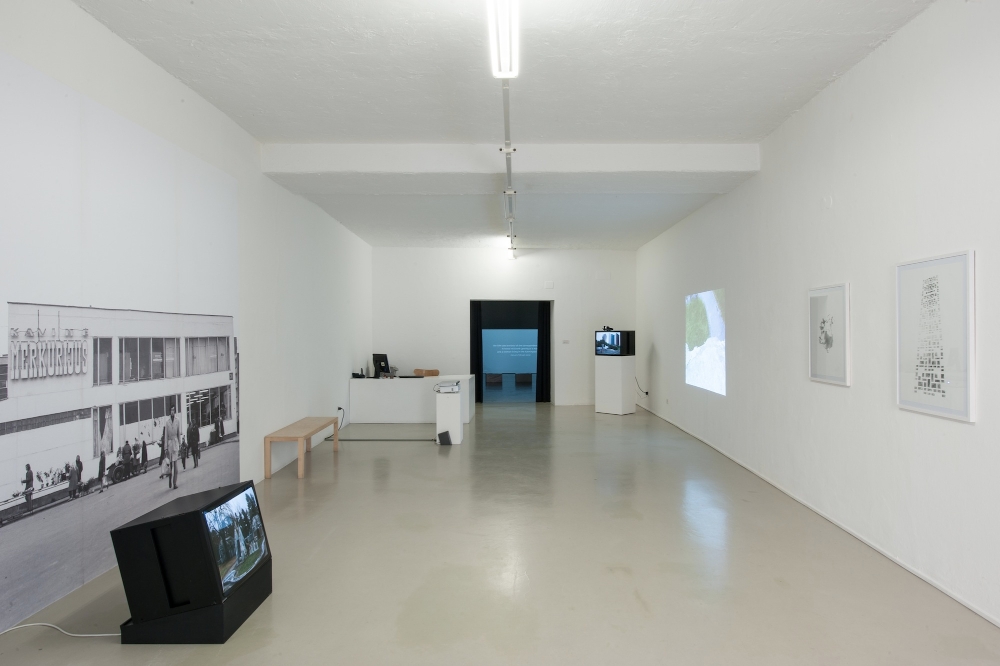
© AR/GE Kunst Galerie Museum, Bolzano, Photographs by Ivo Corrà, 2013
























